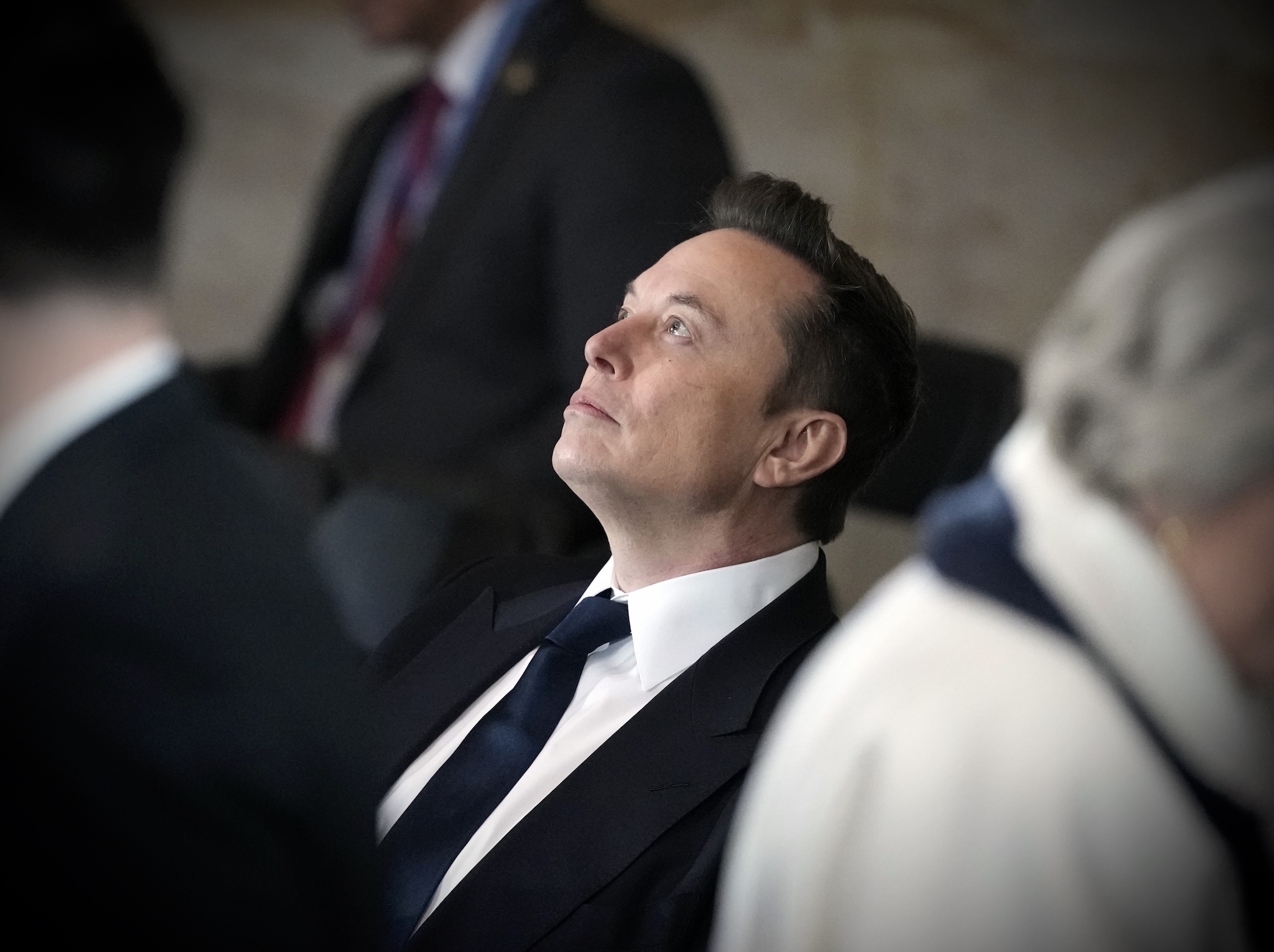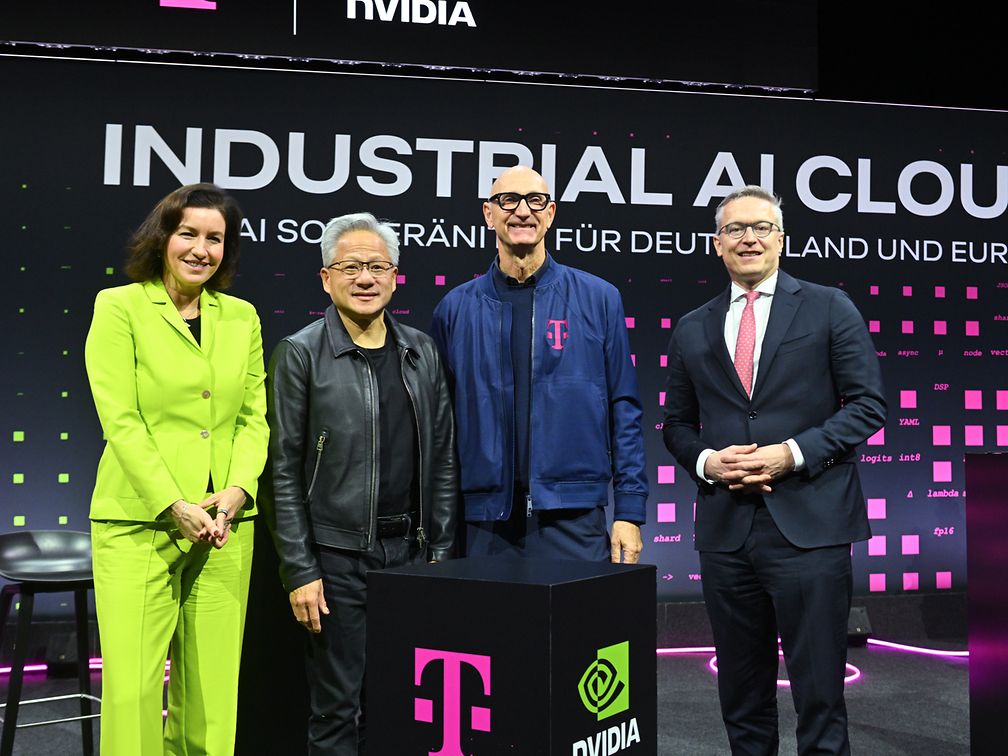
As a pivotal shareholder meeting approaches, Tesla is attempting to rally support for an extraordinary compensation package for CEO Elon Musk, potentially worth an unprecedented $1 trillion. Central to this campaign is the company’s recently unveiled "Master Plan Part 4," a strategic document that, despite its ambitious title, has drawn considerable scrutiny for its notable lack of specific details. Released more than two months ago, the plan articulates a broad vision for "sustainable abundance" through future products, yet it offers little in the way of concrete milestones or actionable strategies, creating a stark contrast with the colossal financial implications of the upcoming vote.
The impending shareholder decision on Musk’s remuneration package is poised to be one of the most significant corporate governance events in recent memory. If approved, it would mark the largest compensation deal in corporate history, propelling the world’s richest individual to an even greater financial zenith. This re-vote comes in the wake of a Delaware court’s decision earlier this year to nullify Musk’s original 2018 pay package, deeming it to have been approved by a board that was not sufficiently independent. Consequently, Tesla’s board is now actively seeking a fresh mandate from its investors, framing Master Plan 4 as a testament to the company’s innovative future and a justification for rewarding its visionary leader.
A Legacy of Master Plans: From Concrete Goals to Conceptual Vistas
Tesla’s "Master Plans" have historically served as defining manifestos, outlining the company’s audacious long-term objectives and solidifying its trajectory in the automotive and energy sectors. The very first "Master Plan, Part 1," penned by Musk in 2006, laid out a clear, step-by-step strategy: build a low-volume, high-price sports car (the original Roadster), use that money to develop a medium-volume, medium-price car (the Model S/X), and then use that money to create a high-volume, affordable car (the Model 3/Y). It also included the eventual goal of providing solar power. This plan was remarkably prescient, guiding Tesla’s product development and market penetration for years.
A decade later, in 2016, "Master Plan, Part 2" expanded this vision. It proposed integrated solar energy generation and storage, expanding the electric vehicle lineup to cover all major segments (including trucks and buses), developing full self-driving capabilities, and enabling cars to earn money for their owners through a shared network. While some of these goals, particularly full self-driving and a vast robotaxi network, remain aspirational or subject to ongoing development, the plan itself was rich in tangible objectives and technical ambition.
Most recently, "Master Plan, Part 3," unveiled in 2023, represented a significant departure in its scope. Presented as a detailed 41-page white paper, it focused on a grander societal transformation: achieving a fully sustainable global energy economy. It detailed a comprehensive pathway to electrify all forms of transportation, heating, and industrial processes, projecting the energy and material requirements for such a monumental shift. While ambitious and highly technical, it offered concrete analyses and data, providing a detailed roadmap for a sustainable future, albeit one requiring global cooperation and technological breakthroughs.
In stark contrast to these predecessors, Master Plan 4, which Musk teased in June 2024 as "epic" and later stated would be "concise" due to Master Plan 3’s complexity, has been criticized for its extreme generality. Published just days after Musk’s "concise" comment in August, it presents a philosophical aspiration rather than a strategic blueprint. This shift from specific product roadmaps and technical analyses to a more abstract declaration of "sustainable abundance" has left many, including some of Tesla’s most ardent supporters, questioning the substance behind the vision.
The Trillion-Dollar Question: Musk’s Pay Package and Corporate Governance
The immediate context for the Master Plan 4 debate is the ongoing saga of Elon Musk’s 2018 compensation package. This package was structured as a series of stock options, vesting only if Tesla achieved a daunting set of operational and market capitalization milestones over a decade. At the time it was granted, the package was valued at approximately $2.6 billion, but Tesla’s phenomenal growth under Musk’s leadership saw its market value skyrocket, making the options’ potential value soar to hundreds of billions, and by some estimates, over $1 trillion at its peak.
However, the deal faced legal challenge, culminating in a Delaware Chancery Court ruling in January that invalidated the package. The court found that the board that approved the compensation was not sufficiently independent of Musk and that shareholders were not fully informed about the details of the deal. This ruling prompted Tesla’s board to initiate a re-vote, urging shareholders to retroactively approve the original package. The board’s rationale is that nullifying the package would be unfair to Musk, who has met the ambitious performance targets, and could jeopardize his continued dedication to Tesla.
Musk himself has been unequivocal about his priorities, stating publicly that his primary concern is not the money but maintaining sufficient control over Tesla, particularly as the company delves deeper into artificial intelligence and robotics, including the development of a "robot army." He has explicitly threatened to dedicate his efforts elsewhere if the pay package is not approved, a stance that some interpret as a high-stakes ultimatum designed to sway shareholder opinion. This raises significant questions about corporate governance, the influence of a charismatic founder, and the appropriate balance between rewarding performance and ensuring independent oversight.
The Marketing Blitz: Master Plan 4 as a Persuasion Tool
Despite its perceived vagueness, Master Plan 4 has become a central pillar in Tesla’s fervent campaign to secure shareholder approval for Musk’s compensation. It features prominently in all investor communications, from instructional pamphlets on how to vote to the company’s quarterly shareholder letters. Board Chair Robyn Denholm and design leader Franz von Holzhausen have repeatedly referenced the plan in interviews and statements, framing it as an "inspiring next chapter" that "reimagines labor, mobility, and energy" and integrates AI into the physical world through products like Full Self-Driving (FSD), Optimus humanoid robots, and Robotaxi services.
However, these endorsements have consistently lacked any deeper elaboration. Denholm, during a media blitz aimed at garnering support for the pay package, has largely sidestepped opportunities to provide specifics on Master Plan 4, instead focusing on the financial milestones Musk needed to achieve to unlock his compensation. Critics argue that many of these milestones, while impressive in absolute terms, represented "watered-down" versions of Musk’s own ambitious, and often unmet, promises from earlier years.
The conspicuous absence of detail surrounding Master Plan 4 has not gone unnoticed. Even within the Tesla enthusiast community, the vagueness has sparked discussion. During an October interview on the "Ride the Lightning" podcast, host Ryan McCaffrey directly addressed the plan’s lack of specifics with Franz von Holzhausen. While quickly pivoting to a more positive line of questioning, McCaffrey’s initial observation echoed widespread sentiment. Von Holzhausen’s response, "We’ll do it in Tesla fashion of course," while characteristic, offered no further clarity on how the ambitious, yet undefined, vision would be realized.
Market, Social, and Cultural Implications
The outcome of the shareholder vote on Musk’s pay package, and the broader context of Master Plan 4, carries significant implications across various domains. From a market perspective, approving such a colossal compensation package could set a new, controversial precedent for executive remuneration, particularly in an era where income inequality is a frequent topic of public debate. Shareholders must weigh the potential for dilution of their own holdings against the perceived necessity of retaining Musk’s leadership and vision. Some institutional investors and proxy advisory firms have already expressed concerns about the scale of the package and the governance issues surrounding its original approval.
Socially and culturally, a multi-billion dollar, potentially trillion-dollar, payout to the world’s richest individual will undoubtedly spark public discussion. While many view Musk as a singular innovator whose contributions justify extraordinary rewards, others may see it as an example of excessive corporate greed, especially given the current economic climate and challenges faced by many workers.
Moreover, the emphasis on AI-driven products like Optimus and Robotaxi in Master Plan 4, however vague, highlights Tesla’s pivot towards becoming more than just an automotive company. This shift positions Tesla at the forefront of the burgeoning AI and robotics industries, sectors that are expected to have profound societal impacts, from transforming labor markets to redefining personal mobility. The success or failure of these initiatives, and the clarity with which they are articulated, will be crucial in shaping public perception and investor confidence in Tesla’s long-term trajectory.
Analytical Commentary: The Art of Vision vs. The Need for Detail
The dichotomy between the financial magnitude of Musk’s pay package and the strategic imprecision of Master Plan 4 presents a unique challenge for Tesla’s shareholders. On one hand, Musk’s track record of achieving seemingly impossible goals, from revolutionizing electric vehicles to pioneering reusable rockets, lends credibility to his ambitious pronouncements. Many investors may view the vague Master Plan 4 as simply another bold declaration from a leader who thrives on grand visions and iterative development, trusting that the details will emerge as Tesla "does it in Tesla fashion."
On the other hand, corporate governance principles typically advocate for transparent, measurable goals, especially when justifying such an enormous compensation award. The absence of specific targets or timelines in Master Plan 4 makes it difficult for investors to evaluate the strategic merits of the plan itself or to tie it directly to future performance incentives. This creates an environment where faith in the leader’s vision is paramount, potentially overshadowing traditional due diligence and accountability mechanisms. The ongoing re-vote on the 2018 compensation package, necessitated by a court ruling on governance failures, underscores the importance of these very principles.
As the vote approaches, the tension between visionary leadership and corporate accountability remains central. Shareholders are not just deciding on a pay package; they are, implicitly, casting a vote of confidence in Tesla’s future direction, as vaguely articulated in Master Plan 4, and in the unique, often controversial, leadership style of Elon Musk. The outcome will not only shape Tesla’s immediate future but could also send a powerful message about the evolving standards of executive compensation and strategic planning in the era of transformative technology.




